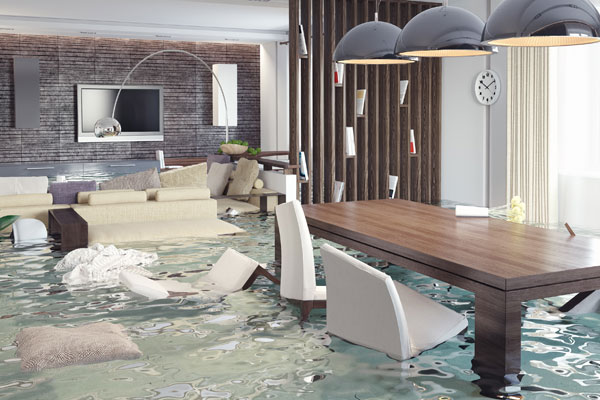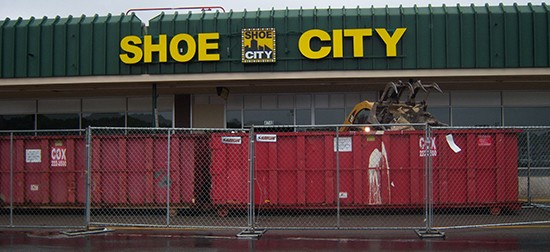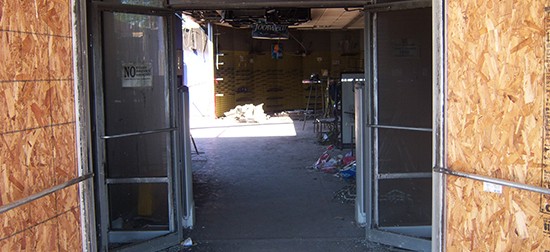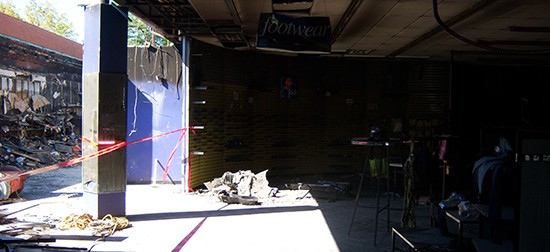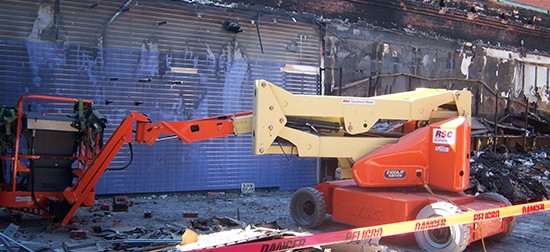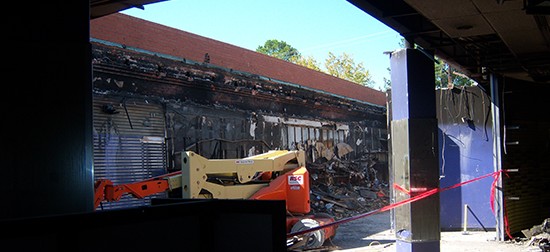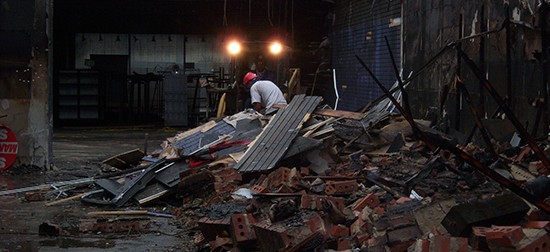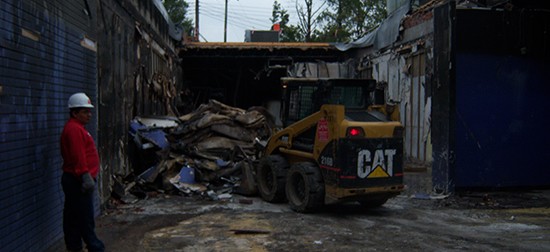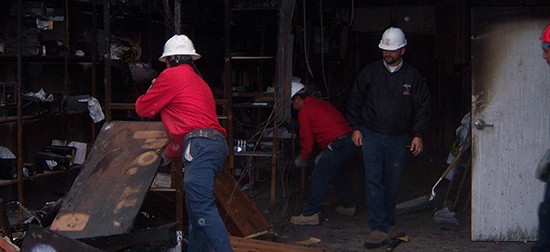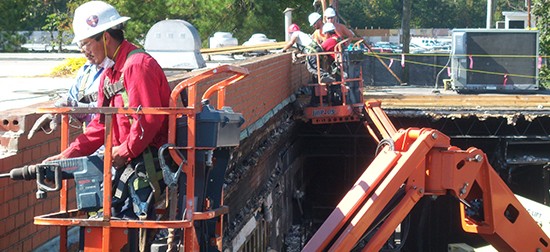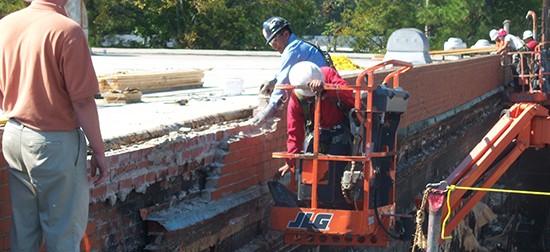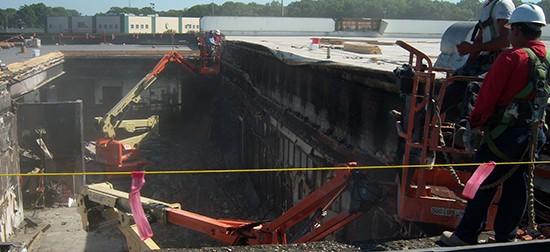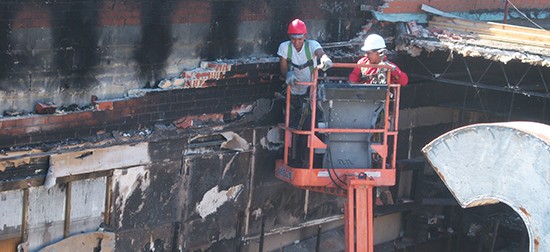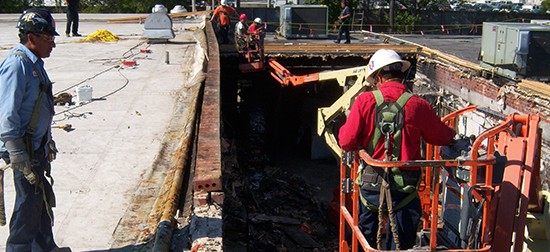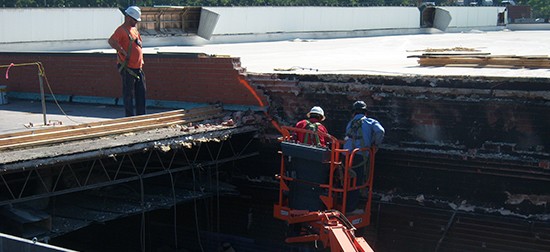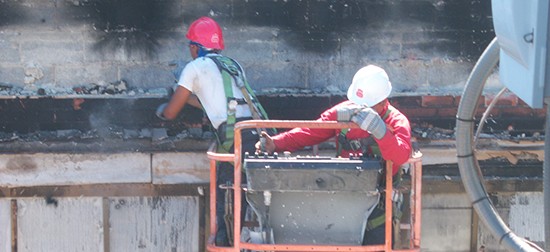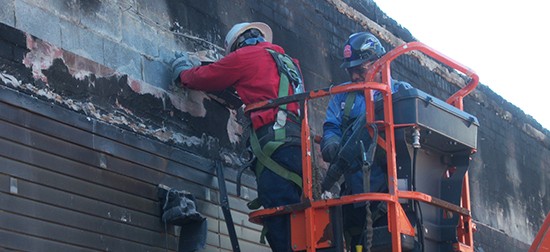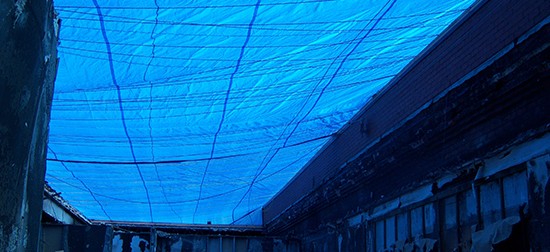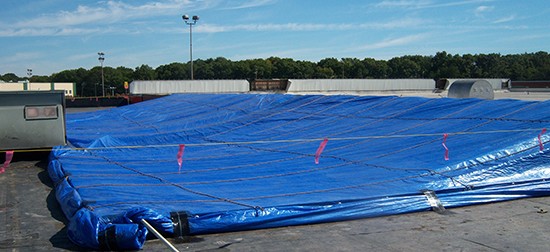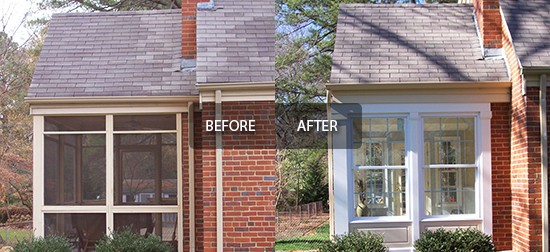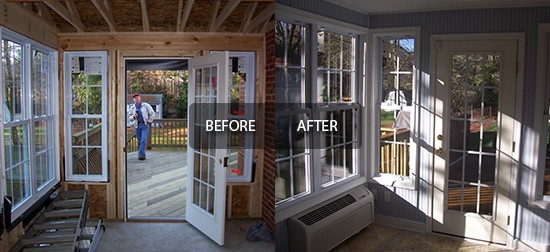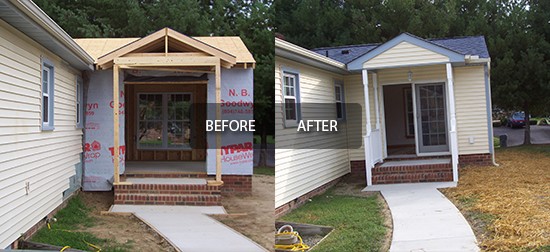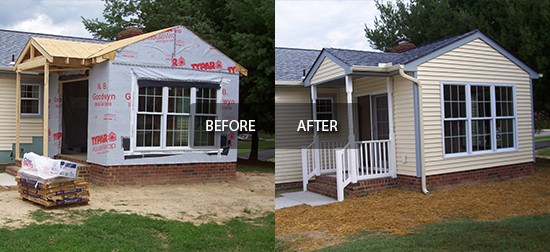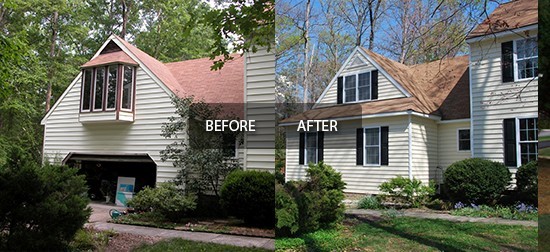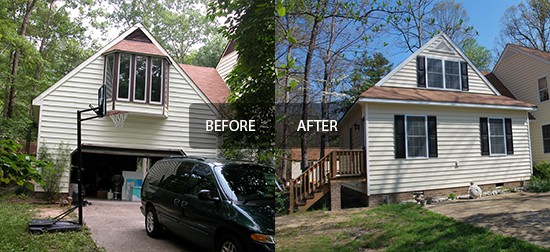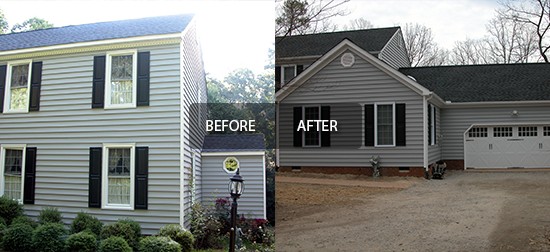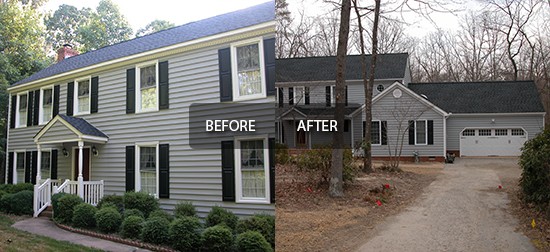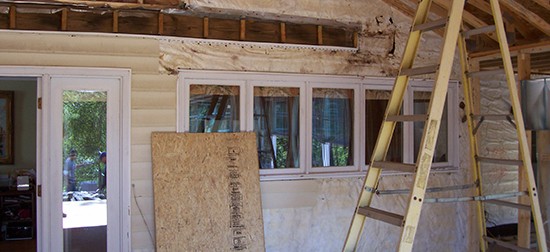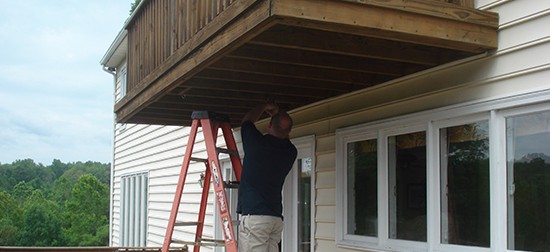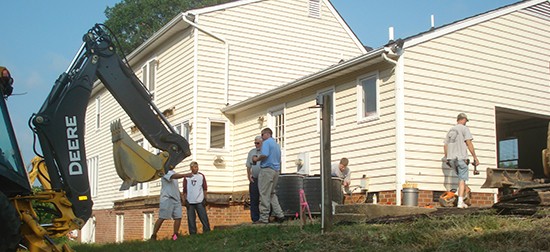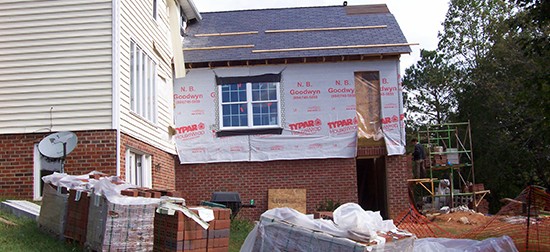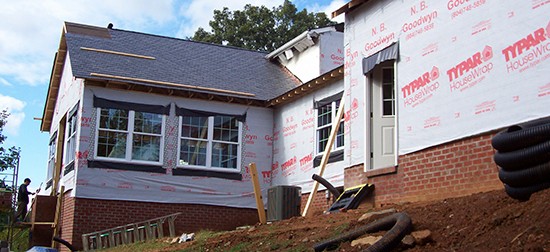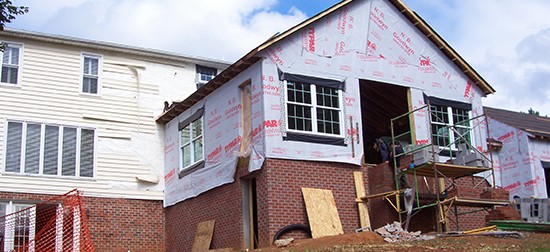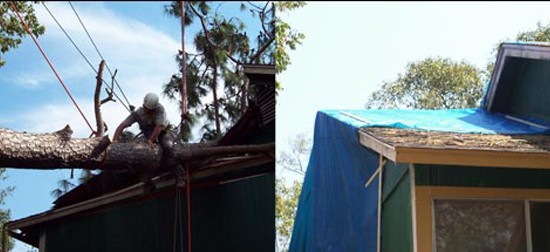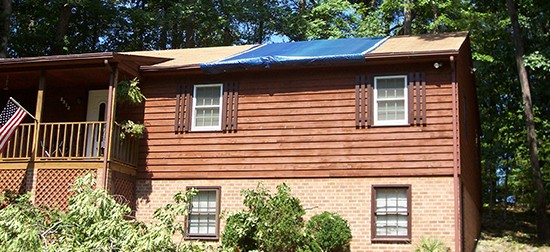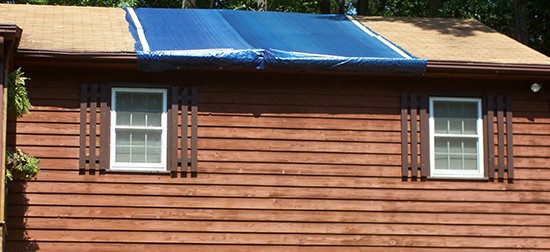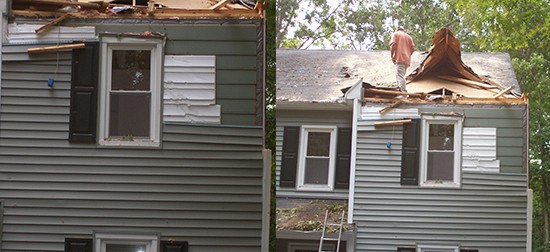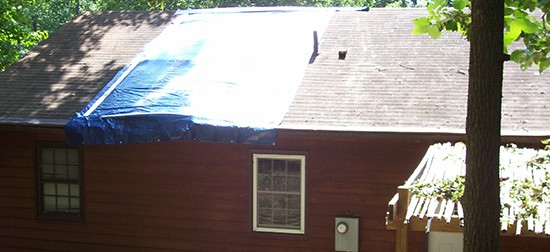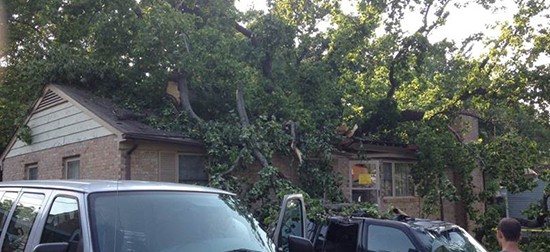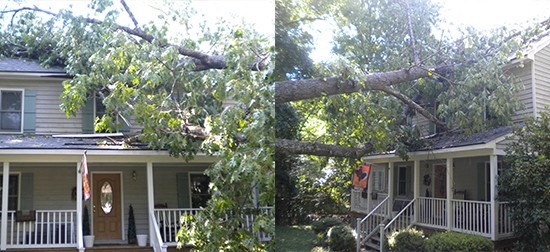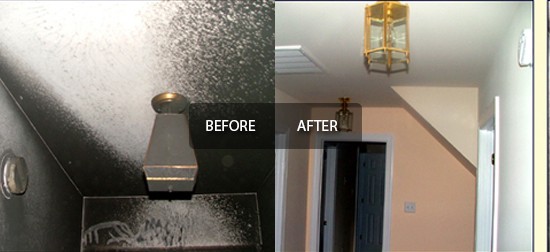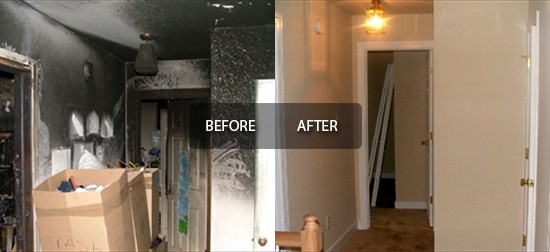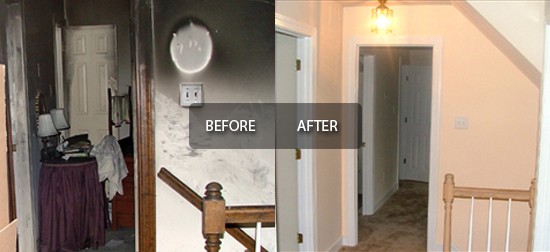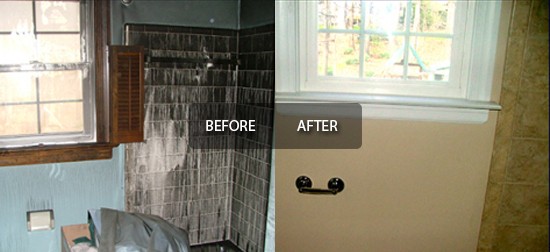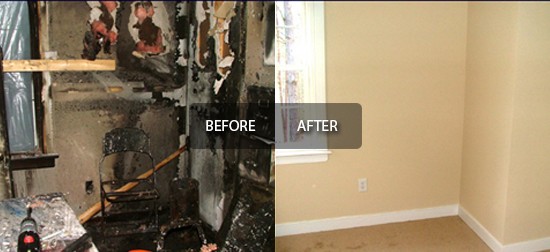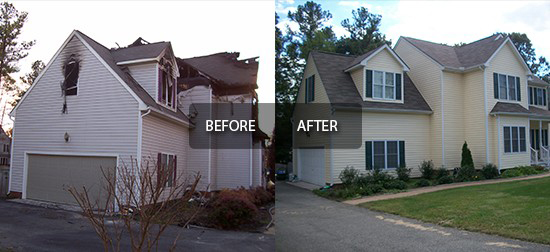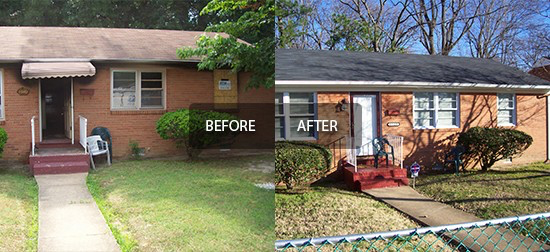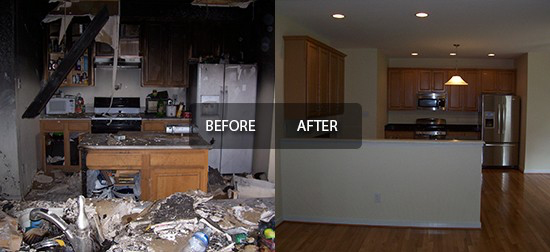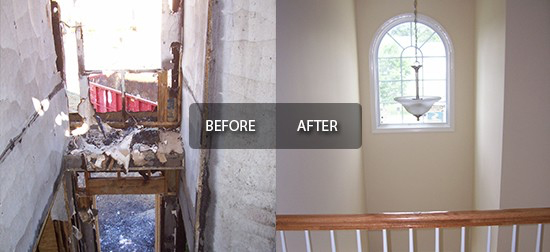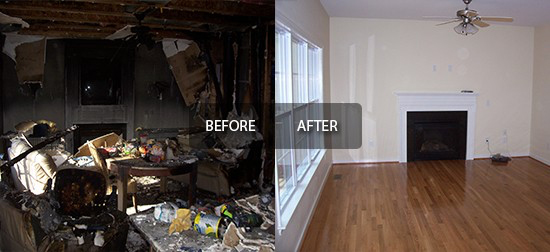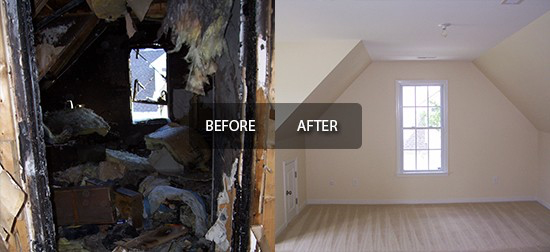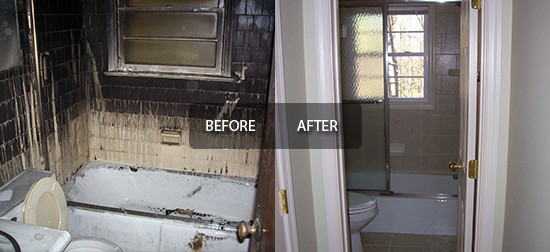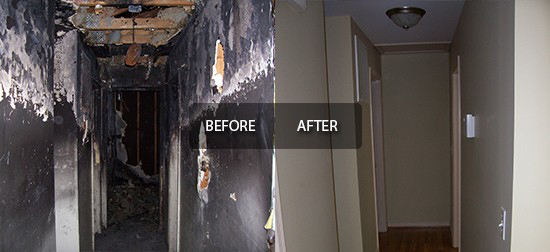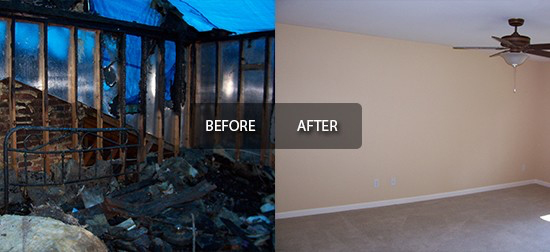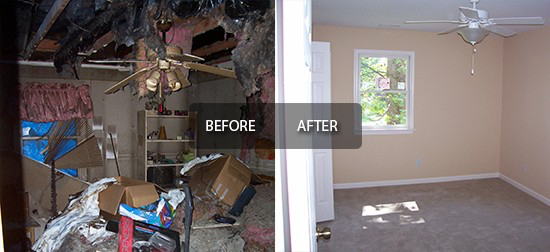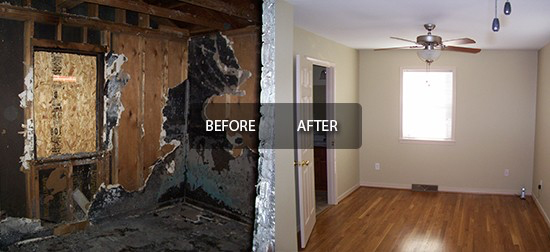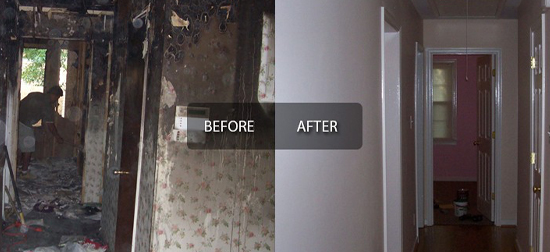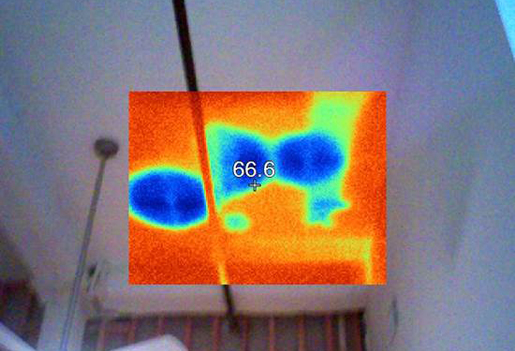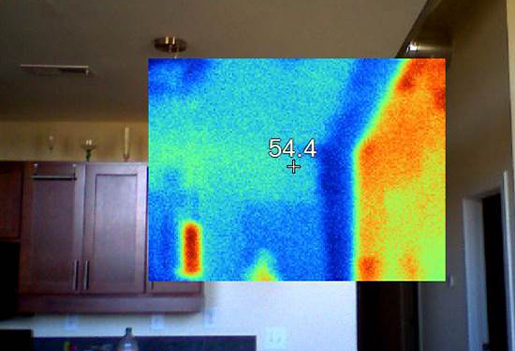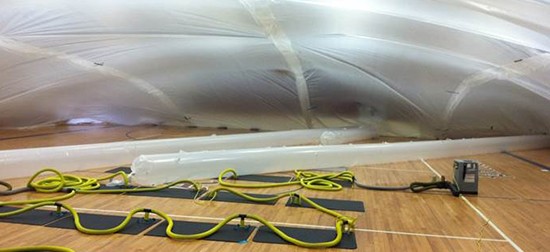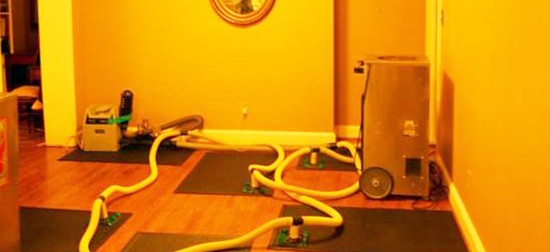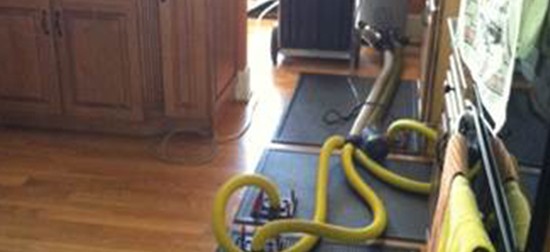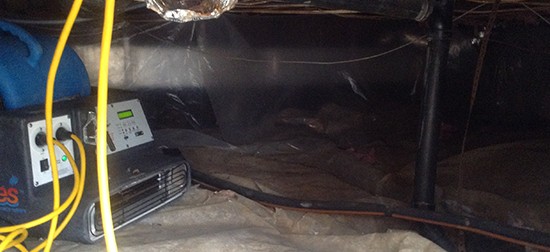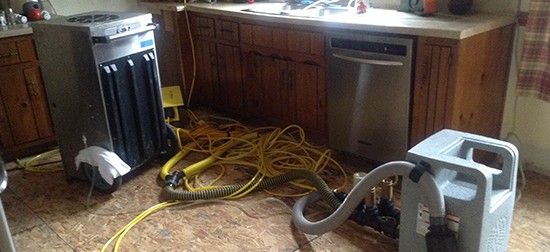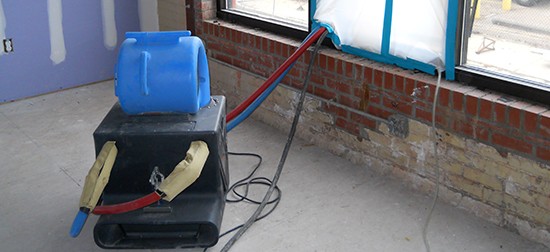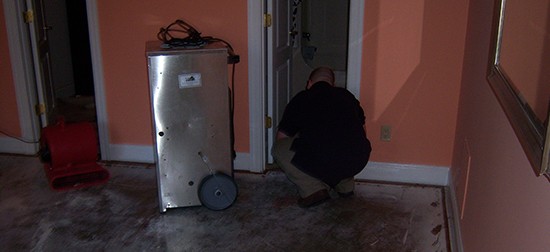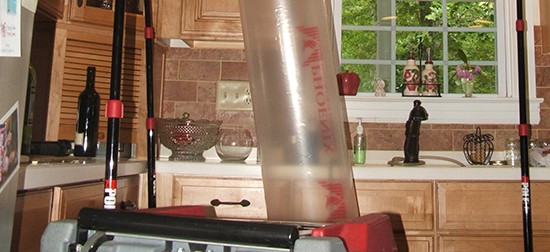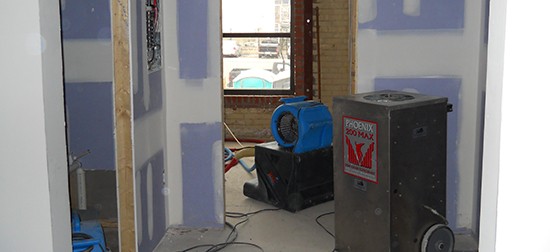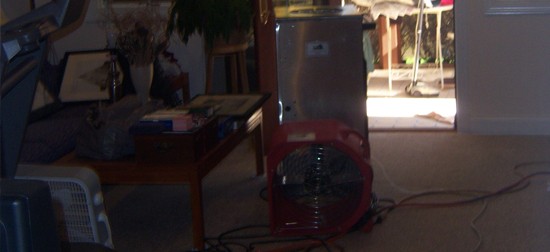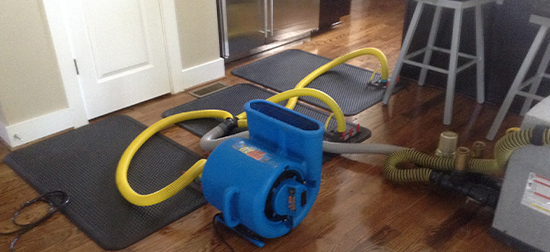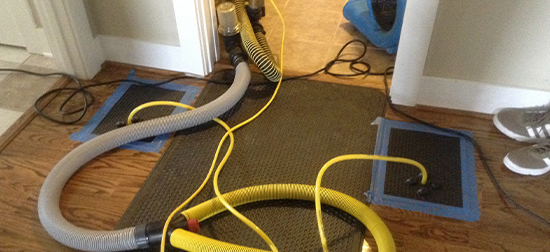Hurricane season is bringing storms to Virginia, and Governor Northam has warned us to be ready. These storms can bring down trees and power lines, lift debris into the air, and cause extensive flooding. But flooding is a risk at any time of year. If a pipe breaks or the foundation is damaged, your home or business could be in deep trouble.
If you find yourself in a flood, there are steps you can take to keep yourself safe, reduce the ultimate damage caused by the water, and save you money in the long run.
Flooding in the US
Millions of homes experience flooding of one kind or another every year. Heavy rainfall has been causing more and more overflow from coastal areas, streams, and rivers in recent years. Even on high ground or inland, where the risk of a natural disaster-related flood is low, an internal problem can quickly cause flooding in any home or office building.
According to the Insurance Institute for Business and Home Safety, the most common cause of water damage is a burst or leaking pipe in a failed plumbing system. The resulting damage costs thousands of dollars to repair and restore—after the deductible.
Not only is flood damage dangerous and devastating, but it can also pose a health hazard to the occupants of a water-damaged building and have a lasting effect on the value of the property. The best way to reduce the impact of a flood on your building, health, and bank account is to act fast. Follow the steps below safely and swiftly if you find yourself in a flood.
What to Do After a Flood
The first step is to stop the water at its source, if at all possible. If the water is coming from inside the building, from poor drainage or another internal issue, you can locate where the water is coming from and seal it to prevent more water from coming through. Before sealing it, though, turn off the main water valve. This step does not apply if the flood has been caused by a hurricane or other act of nature.
The next step is to turn off the electricity in the building to reduce the risk of electrocution and damages to electronic systems. If you cannot get to your fuse box without walking through water, call an electrician. NEVER walk through water to reach the fuse box.
Once the electricity is off (or the electrician has been called), evacuate the building to a safe place. Go as far from the building as needed to ensure you are out of danger of the flood. Make sure everyone who was in the building (including pets) is accounted for.
If a storm or overflowing body of water is causing the flood, evacuate to an emergency shelter. If the roads are flooded and you are unable to get to a shelter, find high ground where you’ll be safe above the water and wait for first responders to rescue you.
Call for help as soon as you are on dry land. Seek immediate medical attention if anyone is injured. Only after everyone’s safety has been confirmed should you start calling your landlord (for renters) or insurer (for property owners) to start taking care of the flood damage.
Explain to the appropriate party what happened and that there is water damage. If you are speaking to your insurance agent, clarify with them whether you will need to wait for an adjuster to visit the building before you start the water removal and restoration process.
Take pictures of everything in the building that has been affected by the flood. This documentation is crucial to showing the extent of the damage to your insurance company. You can use your cell phone’s camera to do this.
If the flood brought in hazardous materials, such as sewage, be very careful to avoid it. Protect yourself with boots, waders, and other appropriate gear when entering the building.
Water clean-up after a flood is a long process. Call a professional in your area to help you remove the water, salvage what can be saved, mitigate to prevent further damages, and restore what’s already been damaged. They will take care of things so you don’t have to.
The faster you call in an emergency response team to help repair your home or business, the better. Mold and mildew can start to grow within 24 hours of water damage, so getting a professional to clear, disinfect, and treat any potential problem areas with a proper cleaning solution is crucial.
How to Prepare for a Flood
There are a few simple ways you can prepare yourself in case your house or business does flood. Taking these steps can help you react more quickly in an emergency situation.
Before the building floods:
- Locate the main water valve so you know exactly where to go to shut off the water
- Locate the fuse box and understand how to shut off the electricity
- Have an evacuation plan so everyone in your home or business knows where to go in the event of a flood
- Make sure you have the number of your landlord or insurer in your phone and written down in another safe place (such as the glove compartment in your car) so it’s readily available in an emergency
- Consider investing in a smart home monitoring system, which can help detect floods and leaks and alert you of any issues before the problem gets out of control
- Know your local professional restoration services so you can call them as soon as possible if disaster strikes
If you have flood damage in Richmond, VRS can restore what’s been devastated and prevent secondary problems, like mildew and mold, from developing due to the water damage.
Contact VRS ASAP in the event of a flooding emergency.



